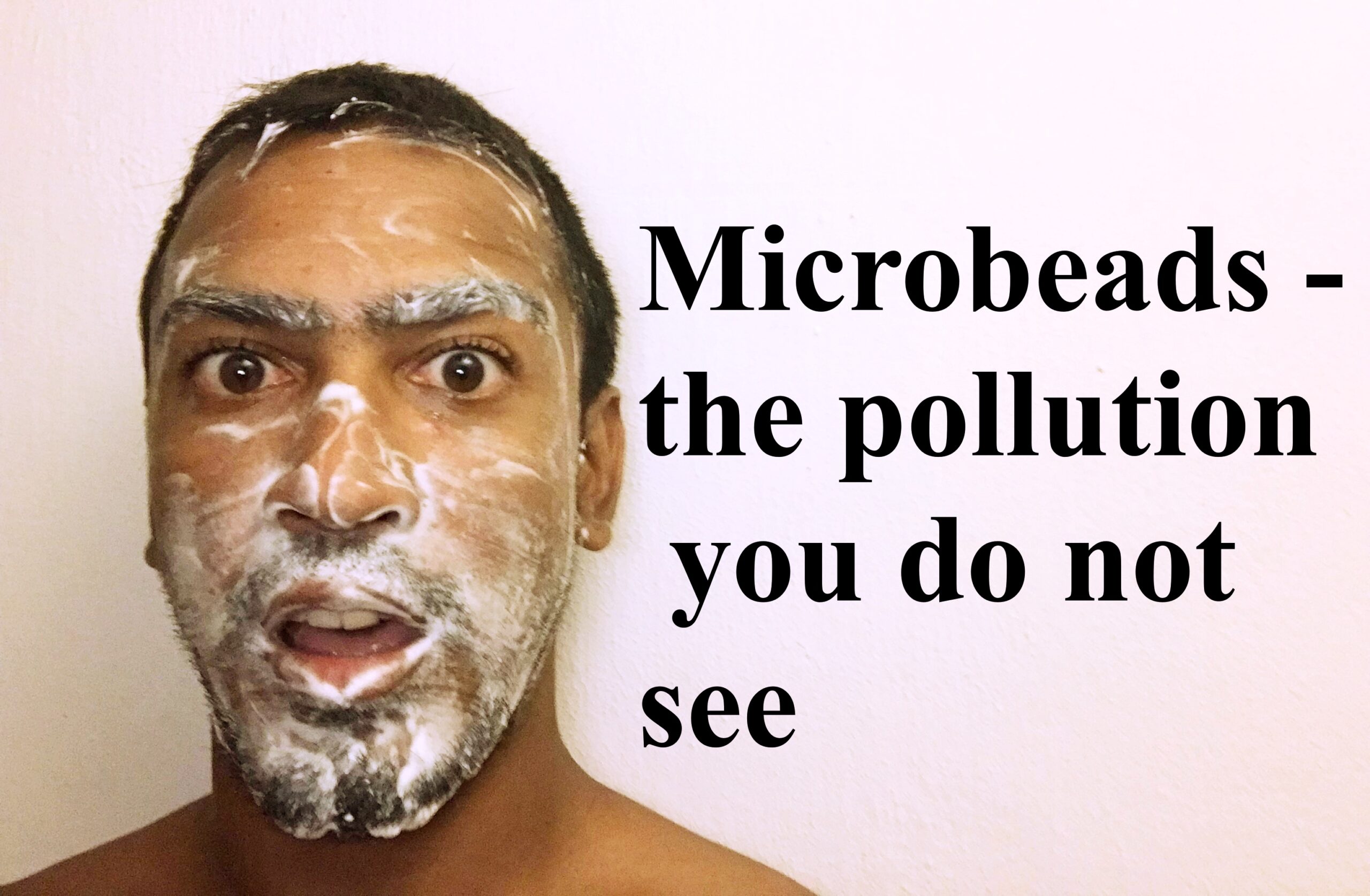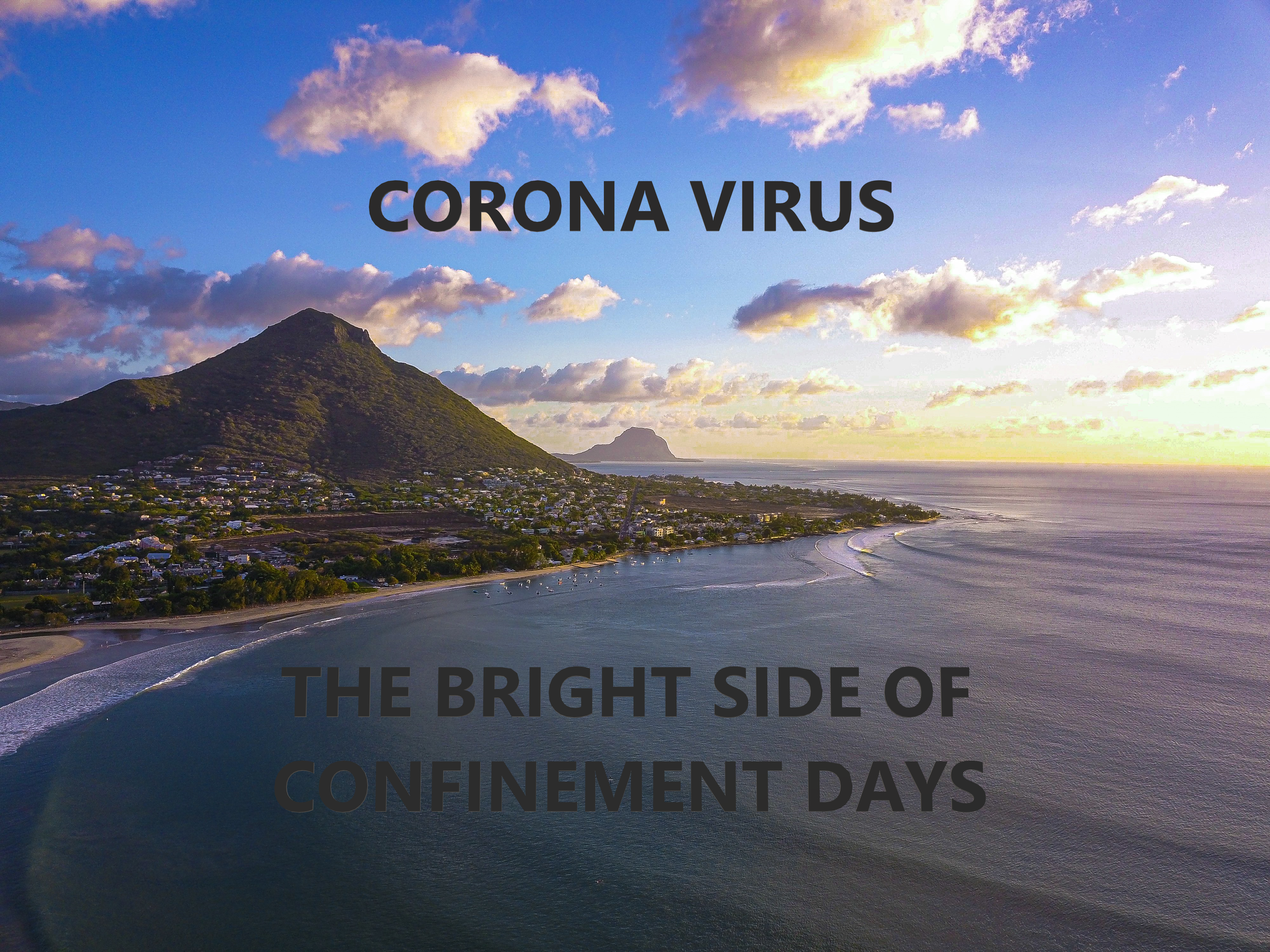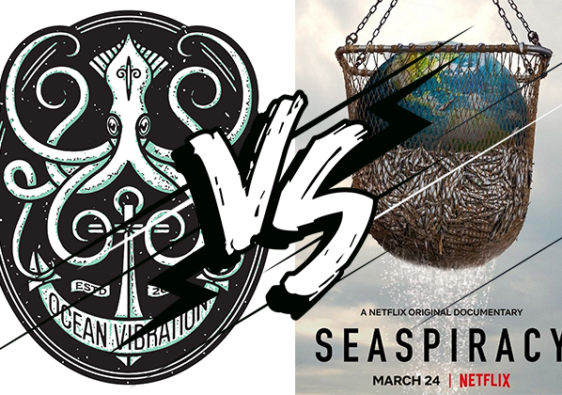You may well be a hardcore eco-warrior but still polluting without knowing due to those tiny plastic particles called microbeads.
Microbeads
Microbeads are tiny plastic particles that are usually less than 1 millimeter wide, almost too small to even be seen.
You will find them in scrubs, face wash, toothpaste and other personal care products. Being cheaper than their natural substitutes to manufacture, they have found their way in our day to day products since the early 90s.
What’s the matter with the bead?
Numerous animals like marine mammals, fish, and invertebrates commonly mistake plastic as food¹.
As such they become a rapidly spreading vehicle for contaminants in the ocean through the food chain and also by means of sea currents.
With other 8 trillion microbeads entering the US waterways daily, you can understand the extent of the issue. The toxic mix of chemicals includes polybrominated diphenyl ethers (PBDEs) which are known to cause all kinds of problems from neurological dysfunction to infertility.
How does it affect me?
Plastic materials have been found in more than quarter of fish sold at markets in Indonesia and California³. That gives you a clear idea of the current situation we are ‘swimming’ in.
The danger for humans does not only come from the plastic itself. As mentioned above, toxic chemicals attach themselves to the plastic particles, which is where the real danger lies. The risk to human health comes from the increased direct exposure to the plastic particles and plastic-associated chemicals when ingested in high quantities.
It has been recently found that up to 12.5 percent of the PBDEs attached to microbeads find there way into the fish tissue². This means that the potential threat to your health is making its way onto your plate.
What actions should I take?
We need to address this issue from its source; the personal care products that we are purchasing every day. BeatTheMicroBead is an awesome organization, sponsored by the United Nations Environment Programme (UNEP), that is helping to bring the change.
You can check the products that you purchase using their app (Apple / Google).
Also, consider reducing and refusing the use of plastic in general. This is because microbeads often come from recycled ground plastics or the one lost at sea.
Enjoyed this articles? Please leave a comment below and subscribe for more!




Wow ? Knowledge is power ??
Our future will be defined more and more by the way we treat the not-so-shiny side of it: the weak, the poor, the ill and our waste. In short: how civilized we are.
Keep your island beautiful for you and your visitors, but especially for your next generation and the next generation of visitors. And the next. There will always be a next.
Such a good and interesting article! Makes me much more concious about what to use and what not to use. Everything to make the ocean an even better place than it already is!
Thank you so much for bringing this subject to light. I use scrubs or exfoliaters regularly, and I had no idea of the damaging efforts this has, not only to the environment and marine life, but also in-turn ourselves via our marine food source. I will now by more careful to read, and be more conscious of what I’m buying.
It saddens me the in this modern society we are still dumping an horrendous amount of waste into the oceans without thinking of the long term effects it causes to everyone.
Wisdom is knowledge, knowledge is power, and with power comes responsibility! It’s the responsibility of all nations to persevere the conservation of this planet. However, this can only be done collectively.
Well done dude, that was a great lil read.
Your internet site has exceptional web content. I bookmarked the site